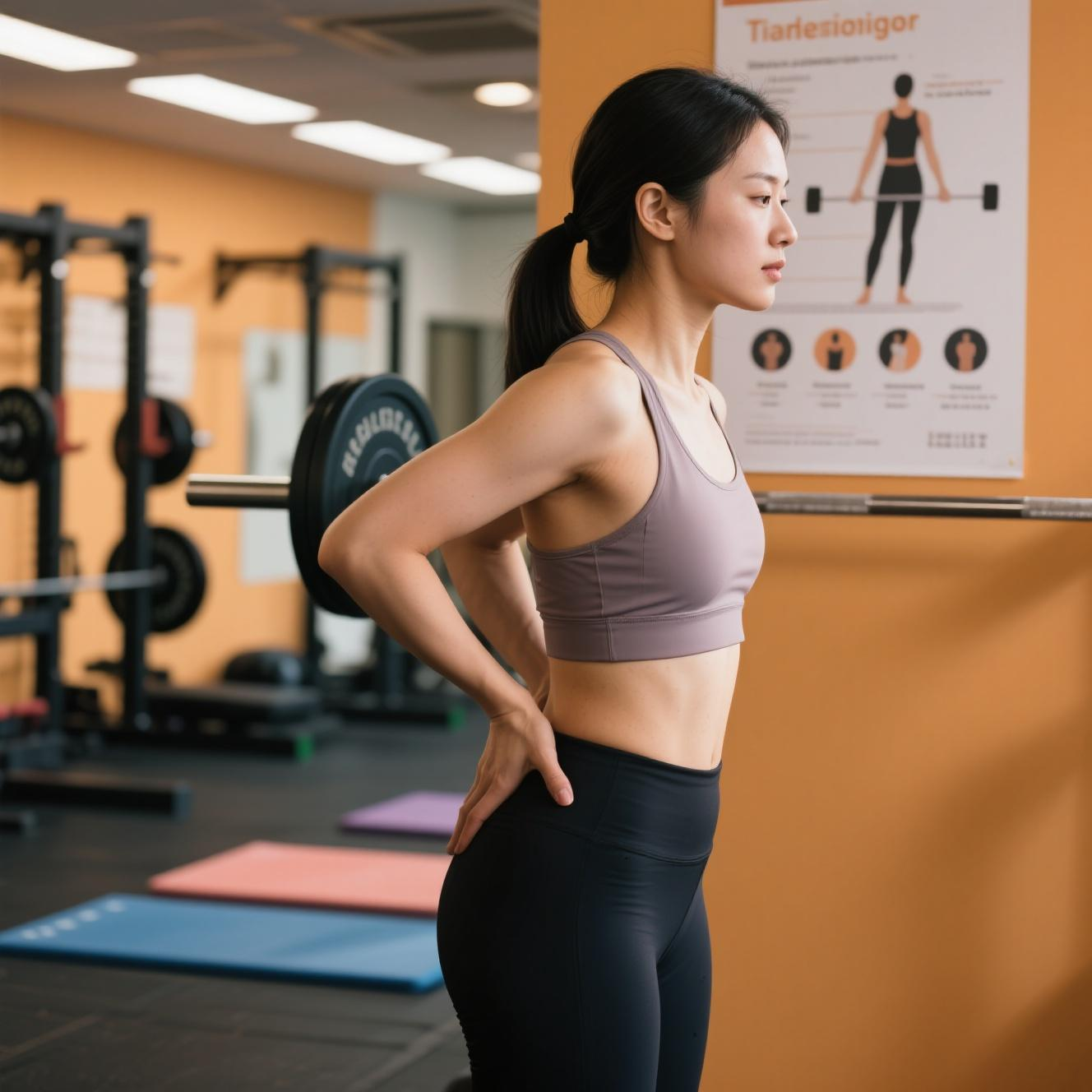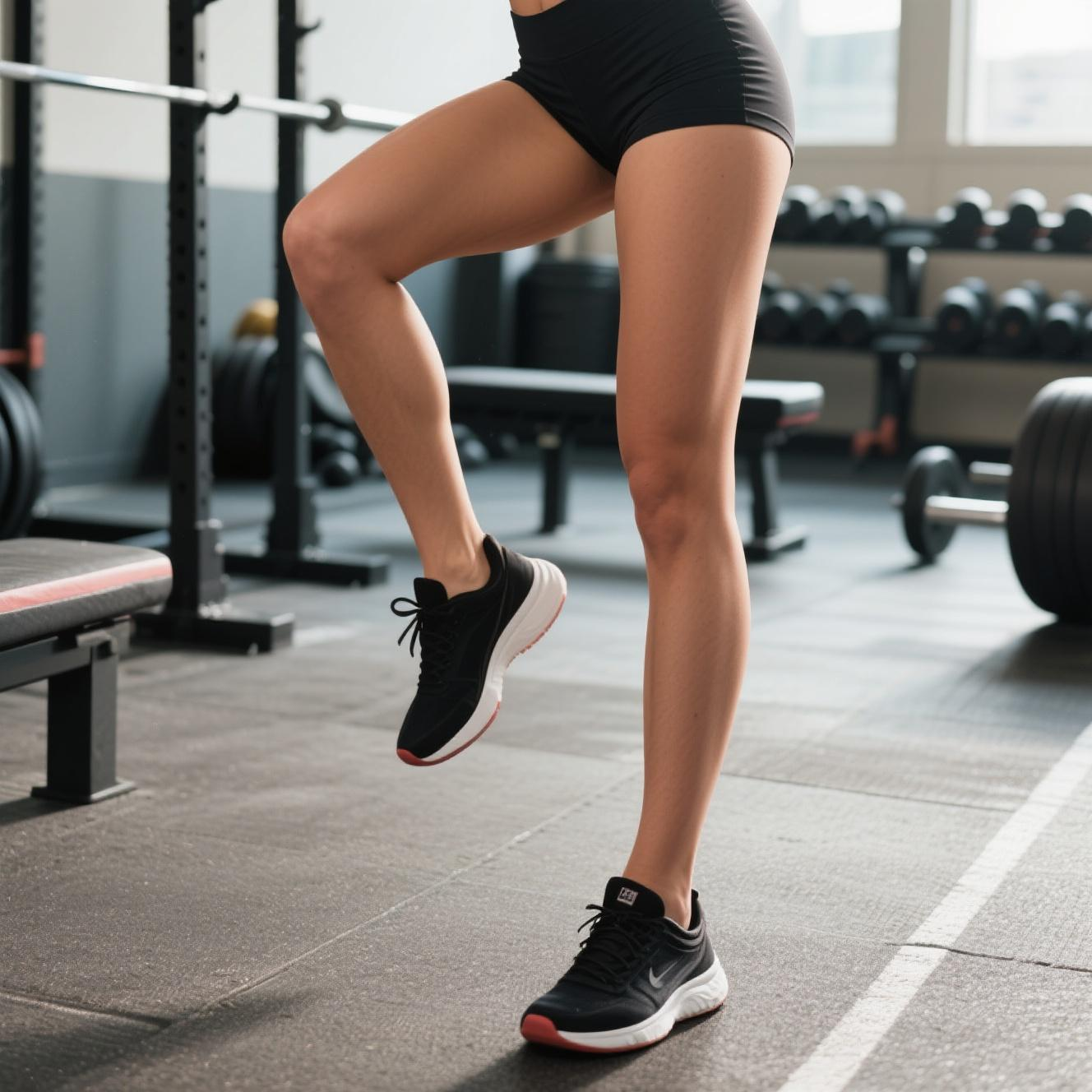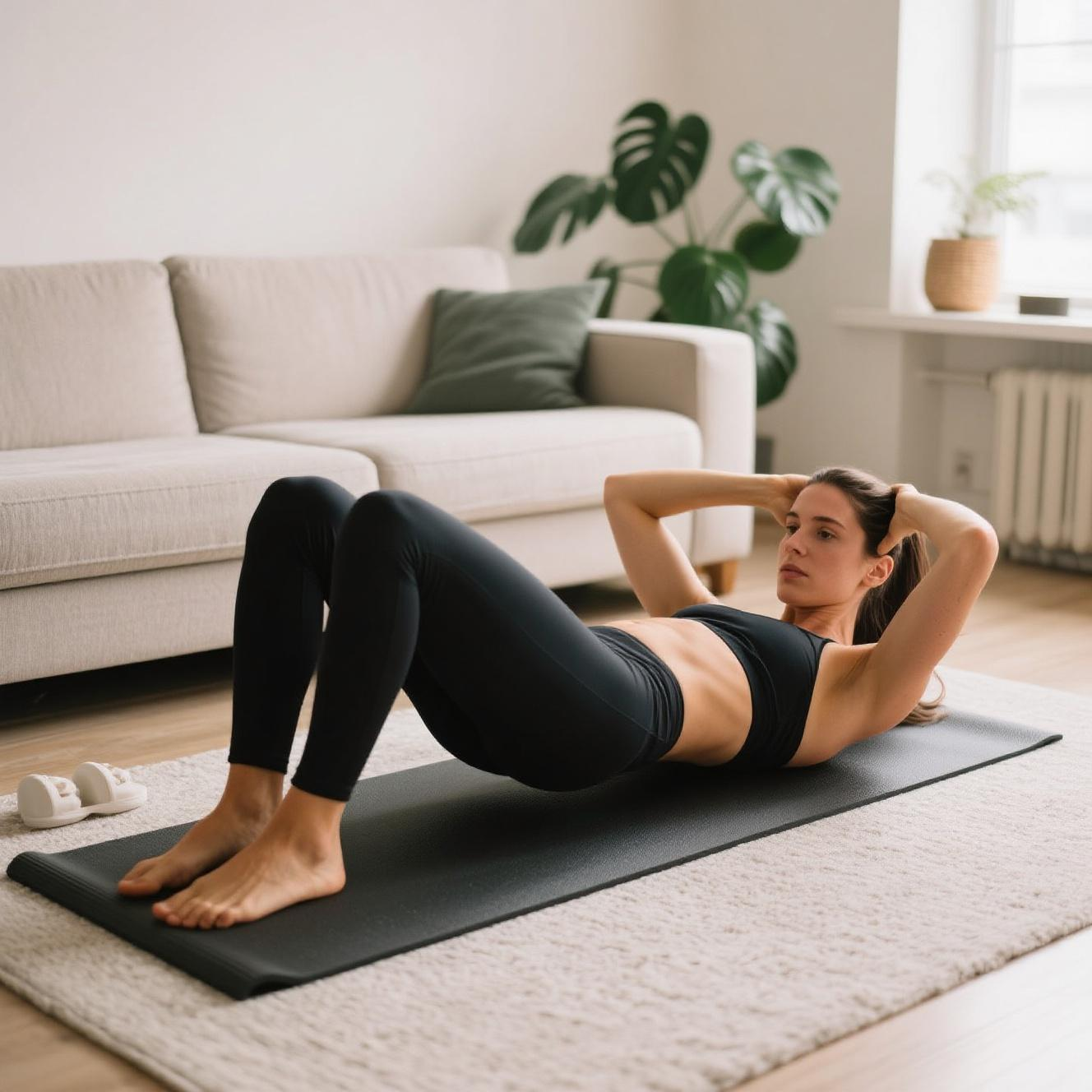In a world increasingly obsessed with aesthetics, the pursuit of a sculpted body often dominates the conversation in gyms, on social media feeds, and in wellness magazines. Yet, the concept of body sculpting extends far beyond the chiseled abs, toned arms, or sculpted legs that adorn Instagram grids. True body sculpting is not merely the transformation of muscle mass or the reduction of body fat—it is the harmonious alignment of structure, function, and presence. It is, in essence, an art and science that intertwines physical form with posture, and posture with identity.

The first time I truly understood the importance of posture was not in a gym or in front of a mirror, but in an office. Across from me sat a colleague, wiry yet undeniably strong, yet his shoulders slumped forward, head protruding slightly as if tethered to an invisible weight. Despite the impressive strength in his arms and core, the misalignment of his posture radiated fatigue and subtle discomfort. The paradox was striking: strength without alignment, aesthetics without balance. This observation became my first lesson—that body sculpting is as much about how we carry ourselves as it is about what we carry in terms of muscle or definition.
Posture is far from a superficial detail. The alignment of our spine, shoulders, and pelvis directly influences biomechanics, muscle activation, and even energy efficiency. A forward head position, for example, increases the load on cervical vertebrae, tightens neck and upper back muscles, and diminishes the efficiency of breathing. Conversely, a well-aligned spine facilitates optimal engagement of the core, posterior chain, and even lower limb muscles. Functional posture acts as a bridge between form and movement, ensuring that muscles not only look sculpted but also perform effectively.
From a physiological standpoint, body sculpting is deeply intertwined with neuromuscular coordination. Muscles rarely work in isolation; they function within chains or systems, and sculpting these chains requires more than lifting weights or performing repetitions. The glutes, for instance, are integral not only to hip extension but also to pelvic stability. When these muscles are weak, compensatory patterns emerge—often in the lower back or hamstrings—altering posture and potentially causing injury. Effective body sculpting, therefore, emphasizes training movement patterns, strengthening stabilizers, and retraining muscles to activate in harmony. It is a mindful recalibration of the body, where strength and alignment coexist.
Modern lifestyles, however, pose unique challenges. Sedentary routines, prolonged screen time, and habitual slouching distort natural alignment. The average office worker spends hours in chairs that encourage pelvic rotation, shoulder rounding, and neck forward posture. Smartphones exacerbate this effect, drawing heads and eyes downward for extended periods. Over time, the consequences ripple across musculoskeletal, metabolic, and even psychological domains. Studies reveal that posture can affect hormone balance, with slouched positions linked to higher cortisol levels and reduced confidence, while upright, open postures boost testosterone and perceived self-efficacy. The body, it seems, is a reflection of both lifestyle and mind.
| Common Posture Issue | Involved Muscles | Suggested Training |
|---|---|---|
| Forward Head | Neck flexors, upper traps | Chin tuck, thoracic extension |
| Anterior Pelvic Tilt | Glutes, hamstrings, abs | Hip bridges, planks |
In practical terms, body sculpting integrates several key components. Core stability forms the foundation, ensuring that movement emanates from a balanced center. Strengthening the posterior chain—from glutes to spinal erectors—counteracts the forward pull induced by modern lifestyles. Shoulder mobility and scapular control restore upper body alignment, while mindful movement practices, such as Pilates or yoga, enhance body awareness. Beyond exercise, subtle daily adjustments—such as ergonomically designed workstations, intentional breaks, and posture checks—reinforce sustainable alignment. Sculpting the body is, in a sense, sculpting daily habits as much as muscles.
Yet the journey is not solely mechanical. It is also deeply psychological. The way we hold ourselves communicates confidence, resilience, and self-respect. Posture acts as an external mirror of internal states; an upright stance can foster self-assurance, while slumping can perpetuate fatigue and insecurity. This interplay between body and mind highlights that true body sculpting is holistic—it nurtures strength, alignment, and presence simultaneously.
Over time, integrating these principles transforms not only the body but the experience of inhabiting it. A well-aligned posture reduces strain, enhances breathing, and improves movement efficiency. Muscles sculpted through mindful, functional training exhibit definition and performance without compromising balance. Most importantly, posture becomes an unconscious expression of vitality, confidence, and intentionality—a silent language conveying wellness and presence.

Ultimately, sculpting the self is less about achieving a perfect Instagram-ready silhouette and more about cultivating a body that moves fluidly, breathes deeply, and projects confidence naturally. It is a journey of aligning strength with structure, aesthetics with function, and body with mind. In embracing this holistic vision, body sculpting becomes not only a pursuit of form but a celebration of presence—a quiet, daily act of honoring the body as it is and shaping it toward what it can become.


